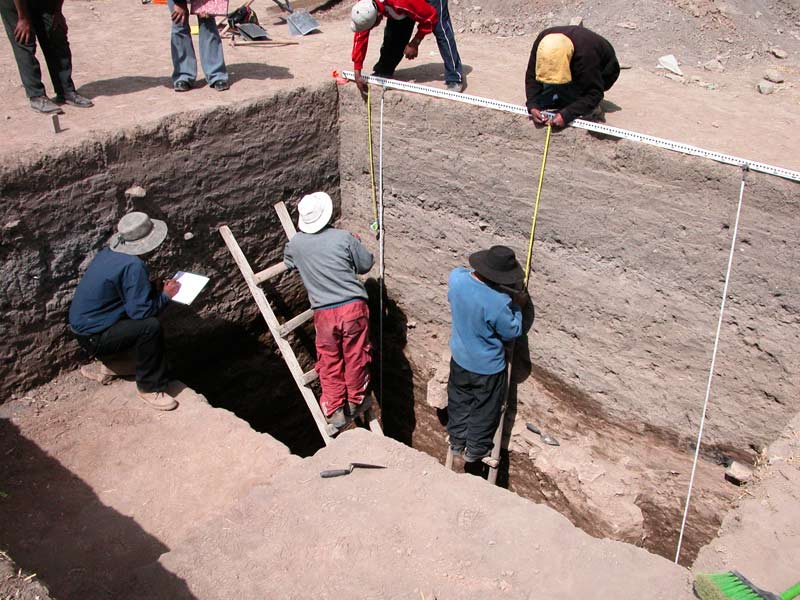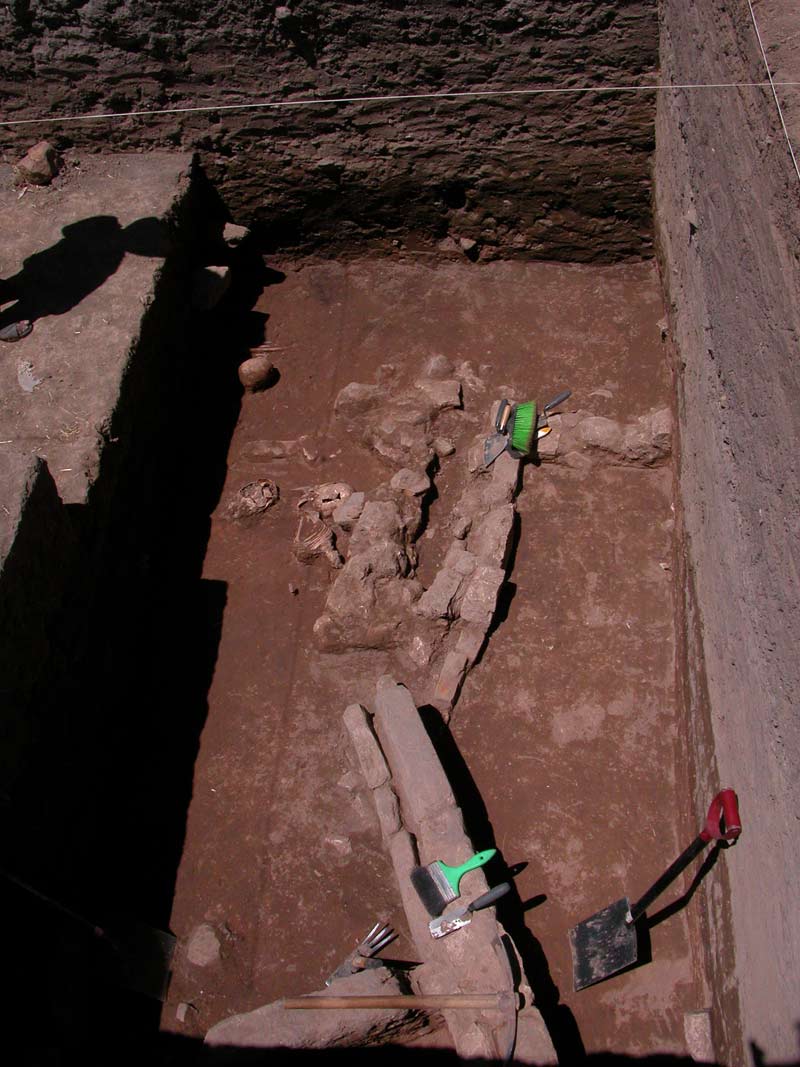Devastating Fire, War Destroyed Ancient Peruvian Society

A war and inferno that apparently destroyed one ancient society while dramatically elevating another in Peru is now shedding light on how states emerge in the world.
Scientists investigated ruins in the Titicaca basin in southern Peru, home to a number of thriving ancient societies more than 2 millennia ago. They focused on two prominent states in the region — Taraco, based along the Ramis River, and Pukara, in the grassland pampas. At its height, Taraco was about 250 acres (1 square kilometer) in size with approximately 5,000 people, give or take 2,000, while Pukara peaked at about 500 acres (2 sq. km.) and had about 10,000 people, give or take 2,000.
Their results suggest Pukara waged a violent war against Taraco, possibly killing hundreds with their weapons before burning the state to the ground.
"In the century that Pukara peaked, the site of Taraco was attacked, and [it] ceased to be a political power in the region," researcher Charles Stanish, director of UCLA's Cotsen Institute of Archaeology, told LiveScience. "The inference that Pukara was responsible for the raid is extremely strong."
Before and after the fire
Excavations at Taraco over the course of more than 25 years unearthed signs of a devastating fire that raged in the first century, reducing much of the site to ash and rubble. The level of burning they saw "was so intense that I originally thought that I found a smelting area for copper," Stanish said.
After they dated the age of artifacts from before and after this conflagration, the researchers concluded that agriculture, pottery and obsidian use — all of which had once flourished in Taraco — greatly declined after the fire. At the same time Taraco met its downfall, neighboring Pukara rose to become the dominant force in the region.
Get the world’s most fascinating discoveries delivered straight to your inbox.
Based on the range and extent of destruction and the lack of evidence of reconstruction in Taraco, the researchers hint the fire was no accident or ritual. Instead, they suggest it was the result of a war between Taraco and Pukara. [The History of Human Aggression]
Furthermore, evidence of conflict shows up in stonework, textiles and pottery in the region a few centuries before Taraco was leveled. "This evidence includes depictions of trophy heads and people dressed with feline pelts cutting off heads, among other evidence," Stanish noted.
In such an ancient war in Titicaca, "the main weapon was the bola or throwing stone on a sling," Stanish explained. "They are lethally accurate. It is hard to estimate how many fighters, but it is certainly in the high hundreds if not more."
Why fight?
Stanish speculated the conflict was probably regarding resources and getting rid of the competition.
"Some of my colleagues might say that I am under-emphasizing the role of population pressure and resource stress," which would have naturally led to the decline of a culture, he said. "They view war in these kinds of societies as a result of social and environmental stresses." As such, people go to war after they are pressured into it.
In contrast, Stanish sees war as emerging when people see "that the benefits of taking your neighbors' stuff become greater than the costs of organized violence. This is a huge philosophical debate — are people inherently good and are forced into violence by external circumstances, or do people have the capacity for violence that erupts when the opportunity arises?"
Stanish added he plans to work at comparable sites in Armenia and on the Peruvian coast to see if his model fits with findings there.
"My goal is to have a project that compares similar sites around the world and to study what colloquially would be called 'the origins of civilization,'" he said.
Stanish and his colleague Abigail Levine detailed their findings online July 25 in the Proceedings of the National Academy of Sciences.
Follow LiveScience for the latest in science news and discoveries on Twitter @livescience and on Facebook.

 Live Science Plus
Live Science Plus






